Wireless Devices - Legionella Compliance
In standard mode, Xiveillance sensors continuously monitor pipe surface temperatures and record every 2-degree Celsius change.
During periods of inactivity, when there are no temperature fluctuations, the temperature is recorded every 30 minutes.
Wireless devices
Battery powered (4 x AA)
2-5 years battery life depending on outlet use.
Email sent when the battery level is low.
Up to 5 sensors per device
4 x Thermistors
1 x Water meter
Gateway
Our system works with any third-party LoRa gateway.
Extended range
Up to 15 km line of sight outdoors
Hundreds of meters indoors
Travels through buildings to the point of use
Up to 1,000 devices per gateway
LAN and WiFi connectivity
Temperature sensors
Our system is designed to work with any 10k NTC thermistor:
Pipe clip sensors for domestic water monitoring.
Fully waterproof sensors for submersion into water storage tanks and fridge temperature monitoring.
Wireless technology
Xiveillance designs and builds wireless temperature sensors that work with short-range radios (Bluetooth) and long-range radios (LoRa).
Our standard wireless temperature sensors use long-range LoRa radio networks. These offer the best coverage, battery life and data rates for real-time reactive temperature monitoring where temperatures are recorded whenever a temperature change is detected.
Please get in contact with your specific requirements and we will evaluate what technology is best suited to your requirements.
Topography
WiFi or LAN connected gateways act as a transparent bridge between devices and the central server, simply converting wireless RF device data packets to internet IP packets and vice versa.
Capacity
Gateway capacity is maximised by utilising spread spectrum technology to create a set of virtual data channels that ensure communications at different data rates do not interfere with each other.
Security
Data packet integrity and authentication is provided by two AES 128-bit layers of cryptography.
The encryption session keys are Over-The-Air Activated (OTAA) in the field allowing devices to be centrally re-keyed if necessary.




